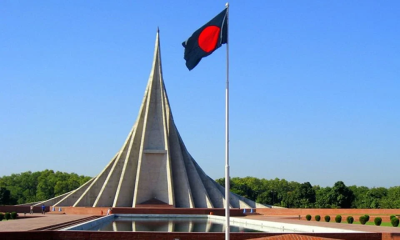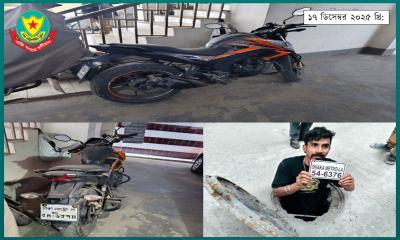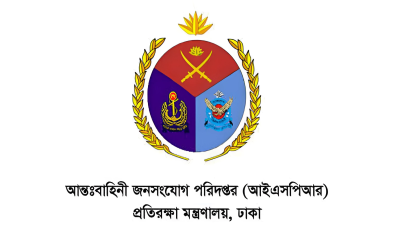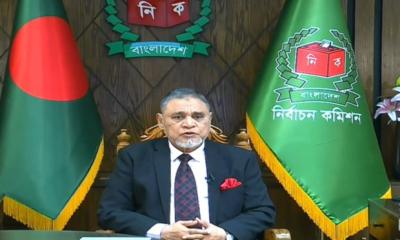As reported by an English newspaper, a man traveled from Natore on August 18 to the Dhaka Medical College morgue in search of his younger brother, 12-year-old Siam Sardar, who had been missing since July 19 from the Al Jamia Madrasa area of Rajshahi. Despite a month of searching, including filing a general diary with the police on July 28 and checking various morgues, the family could not identify Siam at the DMC morgue.
Babul Hossain, a morgue assistant, reported that the bodies were already mutilated and swollen, making identification difficult. Relatives of the deceased are still trying to find identifying clothing or marks. Currently, eight unidentified bodies are at the DMC morgue. Of these, seven are victims of the recent anti-discrimination quota movement, while one is a newborn or premature baby.
Two of these bodies underwent autopsy on August 19, with others being processed in phases. Despite daily efforts by families to identify their loved ones, none of these eight bodies have been recognized, and they are expected to be handed over to Anjuman Mufidul Islam for burial.
Rabbi`s family, who came from Habiganj to DMC morgue, was searching for the 19-year-old mason who went missing on July 5 while attending a protest in Mirpur. His colleagues returned home, but Rabbi did not. Since July 22, a total of 39 unidentified bodies have been transferred to Anjuman Mufidul Islam by DMC authorities. The forensic department reported that except for the eight bodies from the first phase, the remaining 31 were victims of the student movement.
According to Prof. Kazi Golam Mukhlesur Rahman, Head of the Forensic Medicine and Toxicology Department at DMC, over 25 unidentified bodies were handed over to Anjuman Mufidul Islam in three phases, with seven more bodies sent post-mortem. The autopsies revealed that most deaths were due to gunshot wounds, head injuries, internal bleeding, and severe beatings.
As of August 16, DMC had conducted autopsies on 121 individuals who died during the movement, with the majority showing gunshot wounds. Forensic experts noted bullet marks even when bullets were not found.
Of the deceased, 50% were under 25, with the remainder mostly between 30 and 45. No female bodies were reported. From July 22 to August 18, bodies were handed over to the police in phases: eight on July 18, nine on July 22, another nine on July 23, and 11 on July 28.
Prof. Rahman explained that the condition of some bodies necessitated immediate post-mortems due to decomposition, which exceeded the hospital`s daily capacity of 12 autopsies.
At Anjuman Mufidul Islam, a total of 56 unidentified bodies from four hospitals in Dhaka and two other sources, including an embassy and Kamalapur Railway Police Station, were processed. Only one body was identified by relatives. The burial service officer, Kamrul Ahmed, noted that the number of unclaimed bodies was unusually high but could not specify how many were related to the quota movement.
In the Rayerbazar graveyard, 46 unidentified bodies, including a child, were buried between July 22-31, all showing signs of gunshot wounds. An additional 75 bodies, excluding those with severe injuries, were buried in Block No. 4 of the graveyard during the same period. Grave digger Mohammod Rofik described the challenging conditions of burying such a large number of bodies in a short time, with blood still seeping from the body bags.
The Imam conducting the funeral prayers for these unidentified bodies reported that nearly all had gunshot wounds, based on information from the staff.


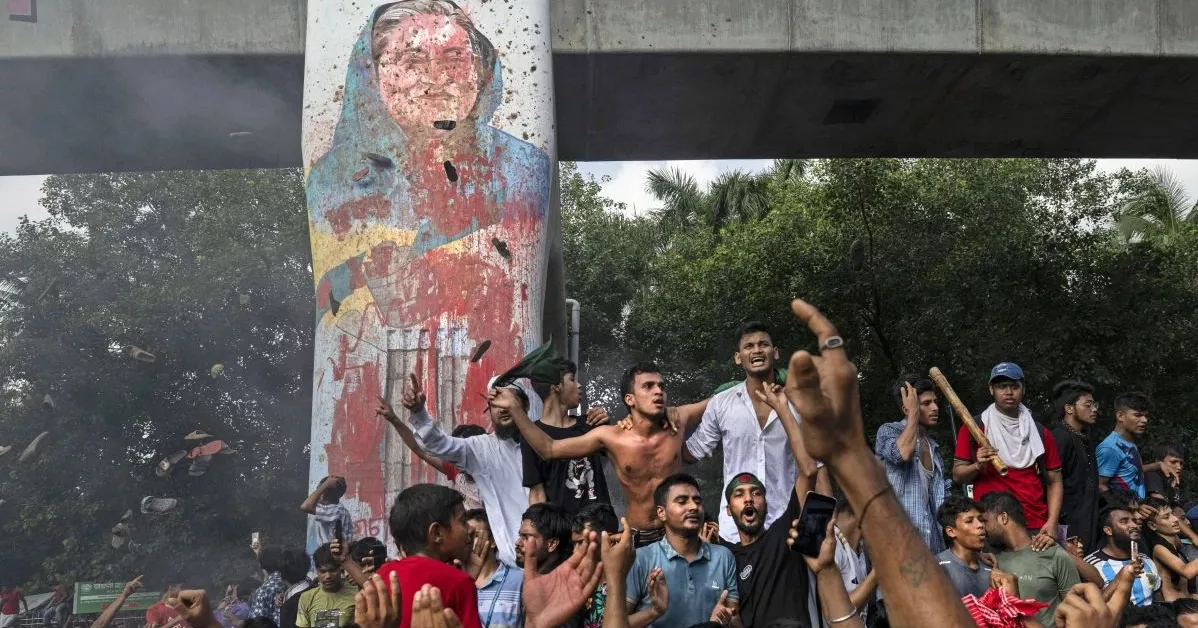

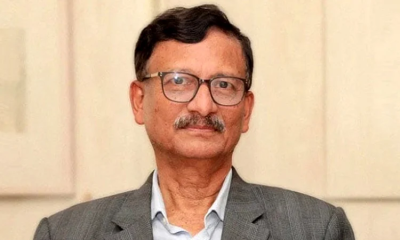
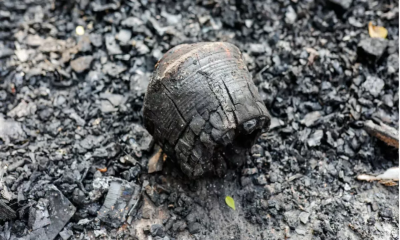
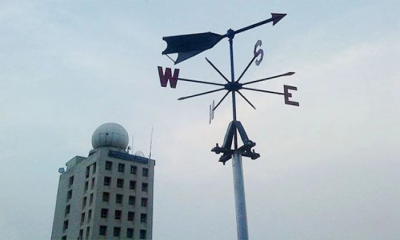
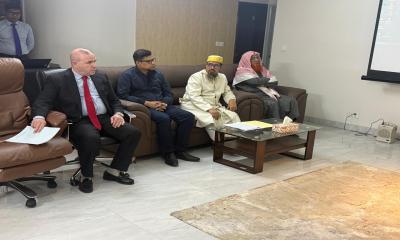
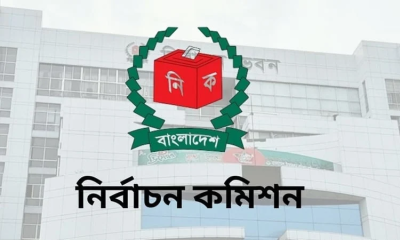
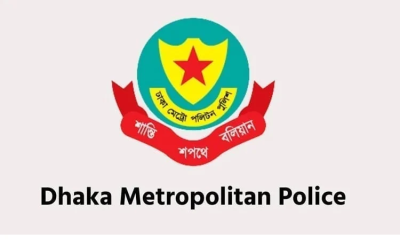
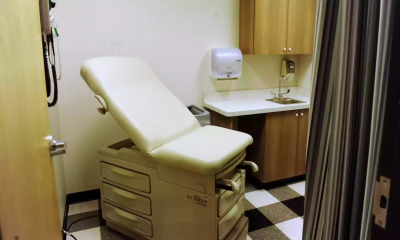



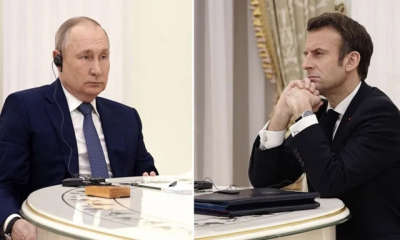
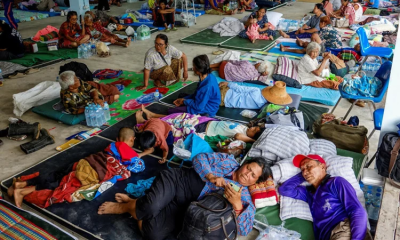
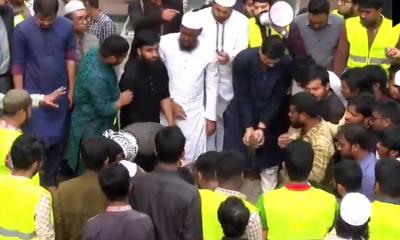
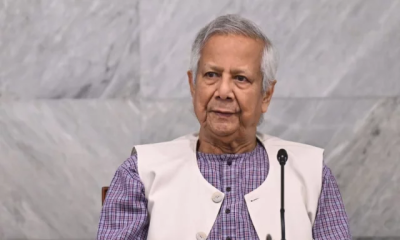
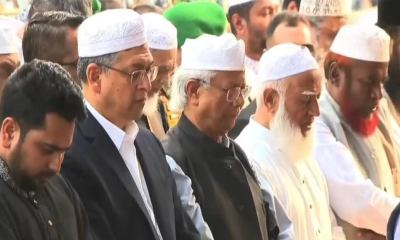
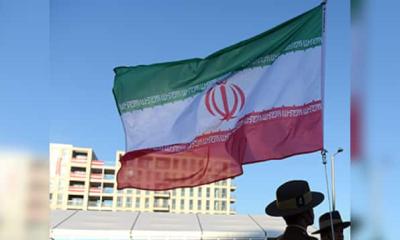
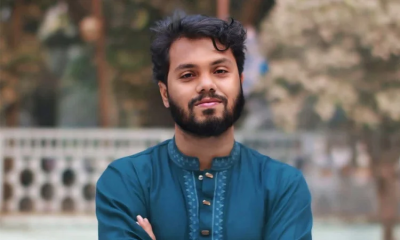

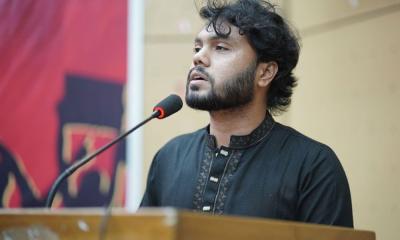
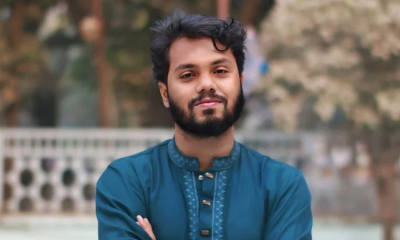
-20251218165258.jpeg)

-20251216090625.jpeg)
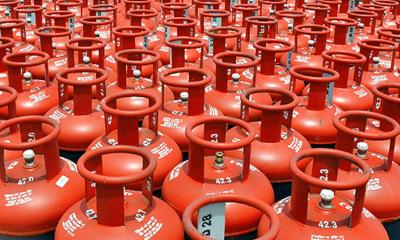

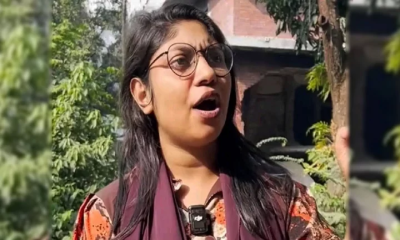
-20251216054240.jpeg)
